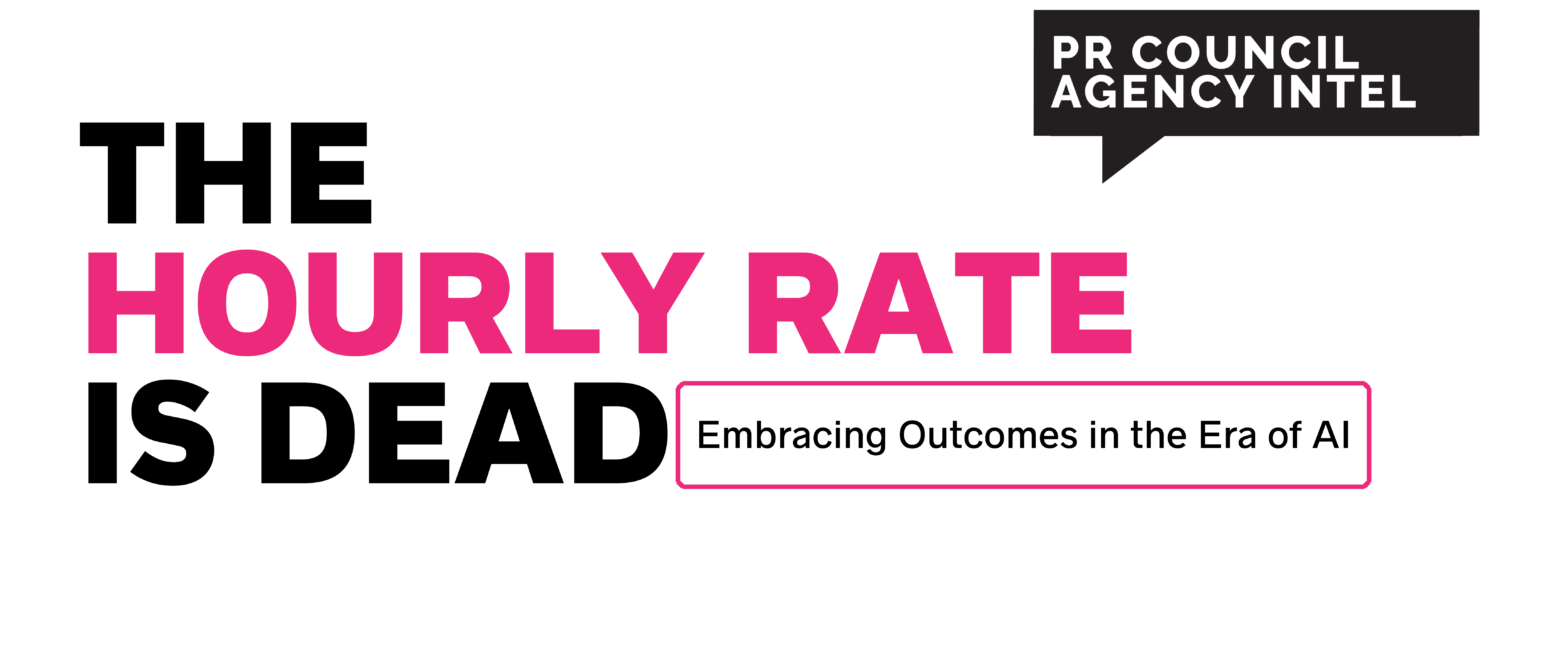During his recent webinar, The Billable Hour is Dead, Jon Meakin shared why transitioning to value-based pricing is critical for agency profitability and how to get started. He detailed the intractable relationship between setting SMART objectives and measurement when it comes to the value pricing model.
We can all agree that this isn’t an easy switch. The billable hour model may not be gone (yet), but forward-thinking agencies should be exploring multiple revenue models, including value pricing. As clients come to understand the model, they will understand that it’s a win for them as well.
Although his webinar featured a detailed presentation and a lively Q&A session, more questions remained. Below are Jon’s responses to some of these critical questions.
1. If clients are unwilling to pay for measurement, how can agencies shift to value pricing?
First, let’s make sure we budget for measurement and defend it if challenged. Help clients understand that measurement isn’t a risk; it’s a win for them to be able to demonstrate the value of the PR spend. After all, if we don’t measure or evaluate, how can we possibly know whether we have been successful?Measurement doesn’t have to be a huge line item. Don’t miss the opportunity to network in the organization to find out what data is already being collected (that your client may not even know about) and how your program measurement can fit into that. Finally, make sure you are using all of the relevant functionality in the tools you probably already have and that your measurement arsenal includes cost-effective tools like Glimpse. (PRC offers a free introductory survey from Glimpse to Members.)
2. As agencies convert to value pricing, do they stop tracking billable hours completely?
In the short term, we still need employees to track their hours. As the agency transitions, billable hours will continue to be important when estimating budgets, assigning work and tracking productivity, but as value pricing gets fully embedded in the organization, this will likely become unnecessary.
3. Much is out of our control in our discipline—how can we promise specific outcomes? Are we at risk of not getting paid if we fall short?
Within any billing model, the team leader has a responsibility to continuously update the client on issues or impediments that may arise. Transparency—preferably in writing, with challenges accompanied by solutions—is always critical. Most of the time, the client understands when efforts fall short due to external factors. Inviting them along on a learning journey helps.More than this, though, we should raise our sights and be focused on larger objectives. Yes, a story we have placed or an interview we have scheduled may get bumped because of factors outside of our control, but these are short-term outputs. We should really be focused on the cumulative, long-term effects of our programs in changing hearts and minds. And if we don’t have the confidence that we are able to do that, what are we even doing?
4. How can we get clients converted to value pricing and other revenue models beyond hourly bill rates?
Given the economic forces and technological developments at play, it would be wise for all agencies to start this journey. Pick a client to partner with and experiment with different models, maybe starting with smaller projects. As more agencies socialize different models and help clients understand the benefits of them, more clients will get on board.The PRC plans to conduct a fully integrated campaign to educate clients and their procurement teams about the benefits. Case studies (anonymized) will be critical proof, so please share them as you collect them.
5. What if clients reject anything but hourly based billings?
Agencies should be flexible, but over time, we suspect firms will become confident enough in this model to just say no to hourly-based billing requests and persuade clients of the mutual benefits of different models. We’re not there yet, but we won’t get there unless agencies start talking with clients and prospects about value pricing.



